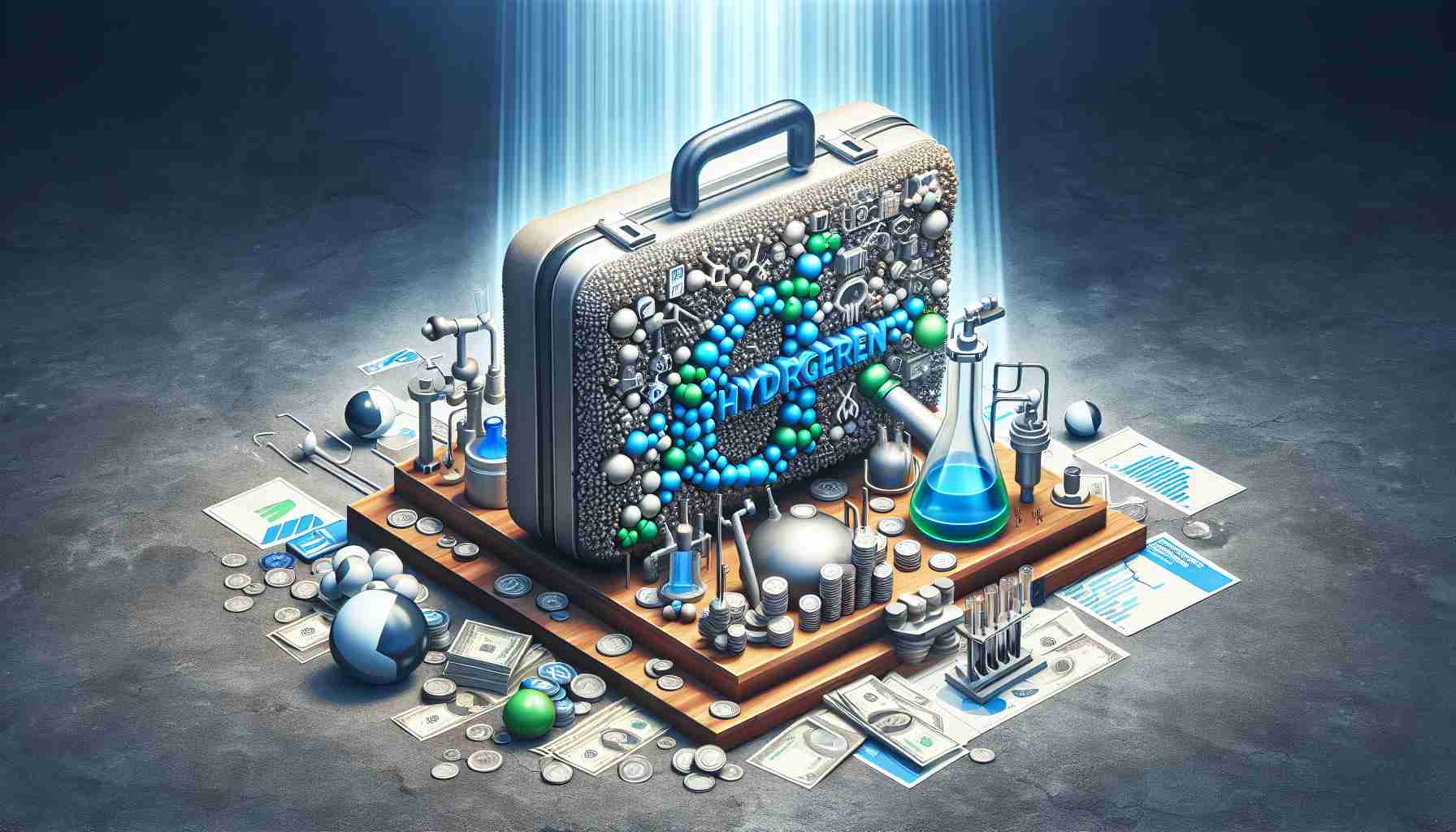Air Liquide, a frontrunner in the industrial gases sector, has pledged an impressive €50 million towards the establishment of a hydrogen packaging and delivery framework in Normandy, France. This venture is a pivotal stride towards enhancing low-carbon transport solutions, with a particular focus on revamping refueling infrastructure along the Seine Axis. Integral to this initiative is the cutting-edge 200MW Normand’Hy PEM electrolyser, which is projected to become operational in late 2026, signifying a vital advancement in hydrogen production.
The Normand’Hy electrolyser, expected to be the largest of its kind, will facilitate efficient conversion of renewable energy into hydrogen. This capacity is not only instrumental in industrial applications but also vital for the burgeoning mobility sector. Moreover, the partnership with HysetCo underscores their united vision to elevate hydrogen-powered transportation, potentially yielding an annual output of 3,000 tonnes of hydrogen. This collaboration aims to significantly reduce emissions from urban transport, supporting a wide range of vehicles, from taxis to buses.
Beyond its immediate impact on transportation, this investment signifies a broader commitment to shaping the hydrogen economy. Enhancing hydrogen refueling infrastructure is set to rejuvenate local economies and support job creation, setting a precedent for other regions looking to adopt hydrogen solutions in their energy strategies. Air Liquide’s initiatives herald a new era for clean energy, driving innovation while addressing crucial environmental challenges.
FAQ Section
What is Air Liquide’s recent investment in Normandy about?
Air Liquide has invested €50 million to establish a hydrogen packaging and delivery framework in Normandy, France, aimed at enhancing low-carbon transport solutions and improving refueling infrastructure along the Seine Axis.
What is the Normand’Hy PEM electrolyser?
The Normand’Hy PEM electrolyser is a cutting-edge 200MW facility expected to be the largest of its kind. It is designed to convert renewable energy into hydrogen, and it is projected to become operational in late 2026.
What is the significance of hydrogen production in this initiative?
The efficient conversion of renewable energy into hydrogen is crucial for a variety of applications, particularly in the mobility sector. It is expected to support the growth of hydrogen-powered transportation and reduce emissions in urban transport.
How much hydrogen is expected to be produced annually through this partnership?
The collaboration with HysetCo is expected to yield an annual output of 3,000 tonnes of hydrogen, which will support hydrogen-powered vehicles such as taxis and buses.
What are the broader impacts of this investment?
Beyond improving transportation, the investment is aimed at rejuvenating local economies, creating jobs, and promoting the establishment of a hydrogen economy, serving as a model for other regions to adopt hydrogen solutions.
What role does this initiative play in addressing environmental challenges?
This initiative is part of Air Liquide’s commitment to clean energy innovation, aiming to tackle crucial environmental challenges by significantly reducing emissions from urban transport and enhancing sustainable energy practices.
Key Terms and Definitions
– Hydrogen Economy: An economic system in which hydrogen is used as a major energy carrier and fuel for various applications, significantly reducing carbon emissions.
– PEM Electrolyser (Proton Exchange Membrane Electrolyser): A technology used to produce hydrogen by splitting water into hydrogen and oxygen using electricity from renewable sources.
– Low-Carbon Transport Solutions: Transportation strategies and technologies designed to reduce carbon emissions and environmental impact.
Related Links
Air Liquide
HysetCo
Renewable Energy World
